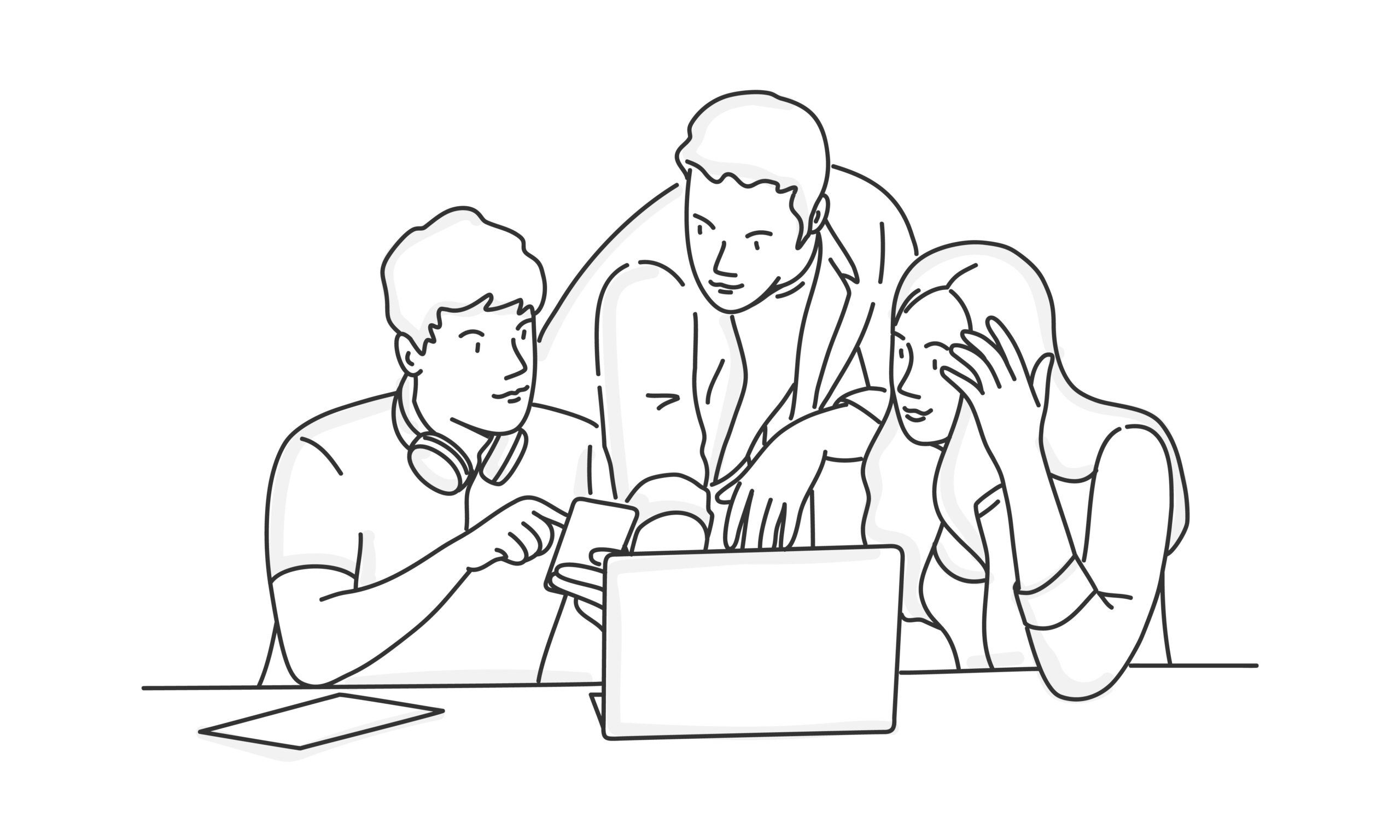Every so often an online trend comes along which young people won’t stop talking about. Pokemon Go, Fortnite, Minecraft have all come and gone, and there are countless YouTubers and make up vloggers whose star rises and falls. A recent online trend involves mental health self-diagnosis by some adolescents on TikTok, with their videos attracting thousands of ‘likes’ and comments.
I became aware of this trend while listening to a podcast on cyber-safety. In that discussion, Australian psychologist Jordan Foster described an increasing number of “young people self-diagnosing with mental health issues because of content that they see online”. This trend takes place predominantly on TikTok and Instagram, and happens, as Foster describes, in two ways.
One possibility is that a young person posts online about their personal mental health experience and symptomatology. Their problem could either be formally diagnosed, or they may have self-diagnosed. Followers will ‘like’, add their comments, support and share their own experiences.
Or (as Foster says)…
“Alternatively, there’s a big trend on TikTok in particular, that people are saying – if you experience this this and this, then you have undiagnosed anxiety, or undiagnosed bipolar disorder… “
The invitation here is plain to see: you too can understand yourself in this way, you too may have this diagnosis and not know it.
This online trend, that has been widely written about recently, is a variation of ‘Dr Google’. We are all guilty of consulting the internet from time to time, when dealing with unexplained health symptoms. There is nothing wrong, of course, in being mindful of our health – including our mental health – and aware of new symptoms that need investigation. And it’s useful to reduce stigma, something that online mental health discussions offer.
But there are a number of questions to ask when we consider these mental health self-diagnoses, which are becoming the ‘glue’ around which online communities form. Some recent numbers shocked me. According to an April 2022 article – “On TikTok, the hashtag #BPD (borderline personality disorder) has 3.7 billion views, #bipolar has 2 billion, and #DID (dissociative identity disorder) another 1.5 billion.”
Those numbers gave me pause. Despite the possible benefits that online communities offer, there are many potential hazards I can see with this trend, particularly when it comes to teenagers.
- First of all: in the quest to find an explanation for their distress, unhappiness, and mood swings, young people could become ‘attached’ to the idea that they suffer from a serious mental health condition. They may then forget that adolescence is all about change, self discovery, fluctuation. Instead, they may start seeing themselves as having stable, unchanging, identity-defining conditions, which can become a trap.
- There is then the question of – ‘who gets to diagnose’? Some would insist that mental health diagnoses should be made by experienced mental health professionals. Others argue that’s paternalistic – a ‘doctor knows best’ old fashioned approach. Many say that we don’t even need to think of these conditions as mental health diseases. Some see them as personality traits, rejecting the medical model. The ‘doctor knows best approach’ discounts how useful online movements can be, with patients supporting each other and learning about their health. An example has been Long Covid, recently. But there’s a big difference between “experiencing symptoms and having a disorder”. And that is where many TikTok communities, structured around specific mental health diagnoses, get it so wrong.
- To add to this: symptoms don’t tell us the whole story about how and why a particular person suffers. The way I’ve seen self-diagnosis happening on TikTok is by teenagers going through checklists. Distractibility? Check. Agitation? Check. Difficulty with turn taking in conversations? Check. Fidgeting? Check. Put that all together and you reach the conclusion that you have ADHD. Yet the exact set of symptoms may have a completely different meaning according to context, or depending on what psychological state underlies it.
- Then there is the question of ‘truth’ versus misinformation, particularly during our ‘false news’ era. The field of mental health is a minefield. There are ongoing debates and different opinions – including amongst professionals – when it comes to what we consider ‘normal’ and ‘abnormal’. If TikTok becomes the first place teenagers learn about mental health, they could become alarmed, wedded to the idea that they are unwell in a particular way. This may then become a self-fulfilling prophecy. We can’t understand our emotional life as the equivalent of a broken bone which we fix with a cast. Mental health is more like a loop: the more we as a society (and as individuals) think about a collection of symptoms in a particular way, the more likely it’ll be that such symptoms are inadvertently reinforced and maintained.
- Through reading about this, I also discovered that the TikTok viral self-diagnosis trend has led to the promotion of psychiatric medications in self-diagnosis communities. For example, there were recently some companies who had to take down their ads, after making false claims about the links between ADHD and obesity, and promoting medication as a solution.
- Last but not least: all this can put tremendous pressure on parents. Well meaning parents, already worried about their teenager, will feel under pressure if their son or daughter asks them for support for ADHD or Tourette’s symptoms, which they claim they have. The parent won’t necessarily be aware that this conclusion comes after an online process of self-diagnosis. They will rightly want to help and validate their child: so they may consult their GP or a therapist, and will find it hard to feel confident in how to support their child, when hearing about such an alarming list of symptoms.
For parents and teachers, these are conversations worth having with teenagers. Prevention and dialogue always work better than dealing with an issue that has taken root.
